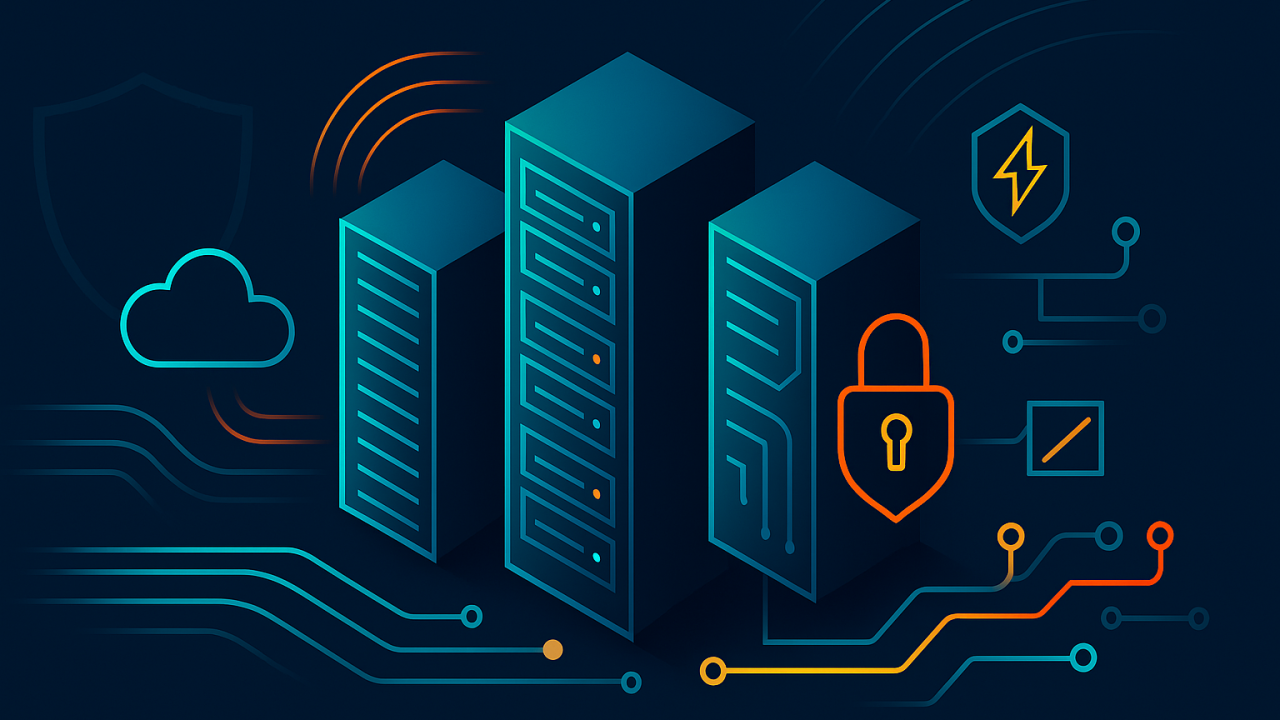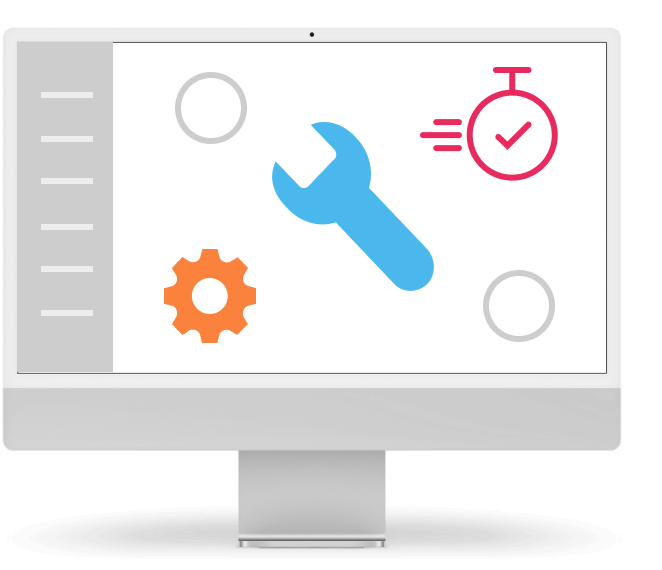IT Startup Checklist
Content
No two companies are the same. The choice of a company IT depends on the size, field of business, dynamics and expected future development. Therefore it is important to look at aspects of an efficient IT in the context of startups, scale-ups and other similar “-ups”. In other words, in this article we will provide you with a checklist that will help your emerging business to get the right information, not only in the technical area, for the right choice of your IT infrastructure.
#1 – Money as the First Concern
At the beginning of any business there is always shortage of money and that is why the infrastructure should not cost more than absolutely necessary. Forget buying physical equipment and components because that money can be invested much better. The hundreds of thousands you might pay for servers, cables, switches, cooling, Internet and other services can be used for several tens of months as operating costs of a cloud. So think twice before you decide to buy a room full of servers!
If you opt for a cloud (not on-premise) we can start talking about costs at a different level. You have already saved the investment costs of physical equipment but what about the operating costs? Naturally, you prefer focusing on your own business but it is still very important and worthwhile to review the costs of your infrastructure.
Some providers use credits, i.e. they retain a certain amount of your money and you can use it only for your IT infrastructure. Or, sometimes, the advertised attractive prices are only available if you subscribe for three years or else the on-demand services are quite expensive. However, you can also find providers who do not want a retainer, request no long-term commitment and provide you with a cloud you actually need – for a low price. It is not that easy to choose one of them. Please, schedule a meeting with our colleague Pavel to help you with the right option while saving a lot of time.
#2 – Stretch Out and Extend
Flexibility, adaptability, dynamics – you can describe it as you want but we should rather discuss how a cloud should be responsive to your needs. Are you are planning to grow with jump changes in the number of customers or are you going to develop gradually? Are you going to provide services including the infrastructure or will the solution run at the customer? Your development and growth plan is a good indicator of how you should set up your IT infrastructure.
For an e-shop you will need a certain flexibility of your cloud but for SaaS the infrastructure will be different. In any case, you need to consider one very important thing. Under any circumstances the cloud MUST, MUST and MUST adapt to your needs.
Are you a beginning entrepreneur? Then you certainly do not need the computer capacity of NASA, even though your plan suggests that you will need that capacity in 3 years. Start slow, get just what you need. Growing? The cloud will copy the curve of your growth. Has the demand for your products jumped up? We will change the gear and the cloud will boost the computation capacity to avoid failure. When talking about this topic it might be useful to look at the difference between virtual servers (VPS) and a virtual data center (VDC) in the article we had prepared for you earlier.
#3 – Informed Investor, Happy Investor
Obviously, you need a well-informed decision-maker in your organization. But for a beginner company looking for an external investor it is even more important to provide potential investors with quality information. Apart from payroll, IT infrastructure will be probably one of the major items on your list of costs.
Therefore it is essential to select a cloud that is able to provide clear and concise information about the used sources. The invoice should be transparent, have only a few lines and the cloud environment should include a part for managers.
Transparent and simple invoicing of this major item will help you keep IT costs under control and your investors will always know what is going on.
#4 – Limits? There Are None
Do you have an idea how far your startup can get? The markets keep developing, the technologies and access to them keep changing and therefore it is difficult to plan your specific growth in the long term. And your cloud should not limit your growth. Your cloud should not be telling you how much of your sources can be located on one server and your provider should not charge you for “extra” services, such as persistent disk.
At the same time, the cloud should enable to you to continually adapt to changes in technologies. It is not just the operating systems or new methods of arrangement of the computation environment. It also means the possibility to combine individual types of IT infrastructure. On one side, you can combine cloud environments and develop a multicloud. On the other side, you can also combine your IT in a cloud and on your physical infrastructure. After a while you may discover that, in addition to the cloud, you may also need dedicated servers. And it would be a pity to change the entire approach to your IT.
Apparently, it is not easy to find you way around in the maze of all cloud offers. But there is help at hand. Get a free analysis of your IT system and your IT needs. Our colleague Pavel will be happy to talk to you and to assist you so that you can find the right way for your IT.




